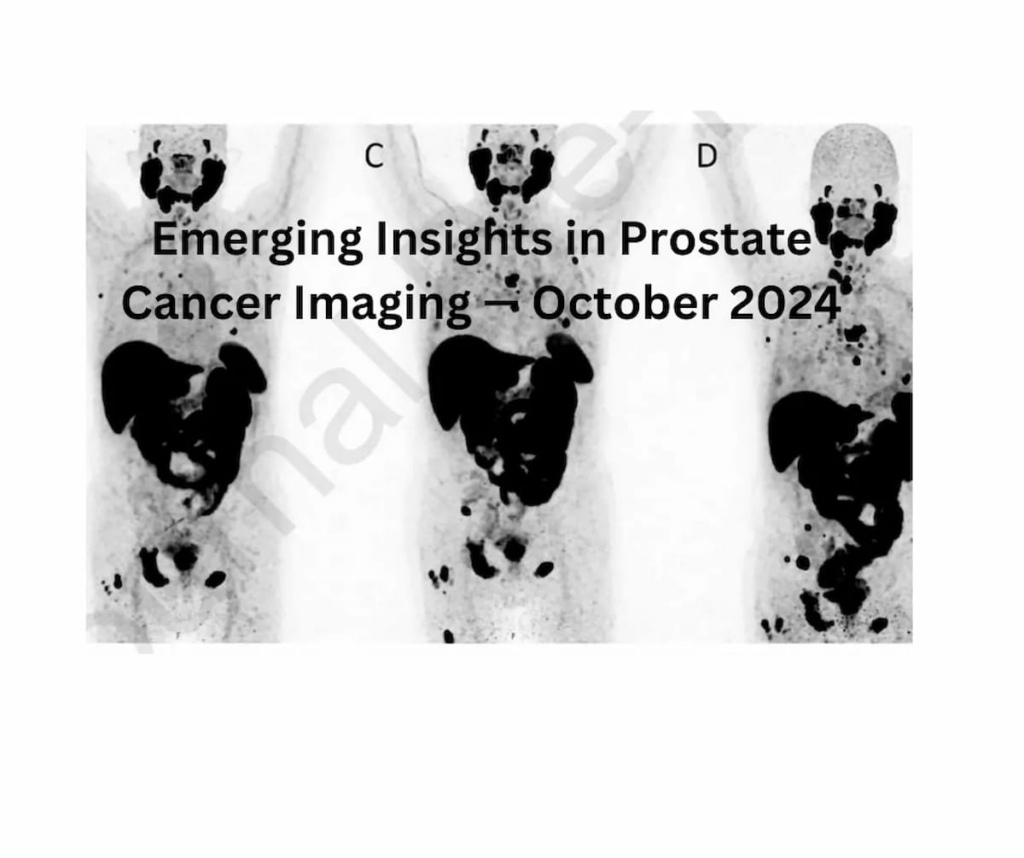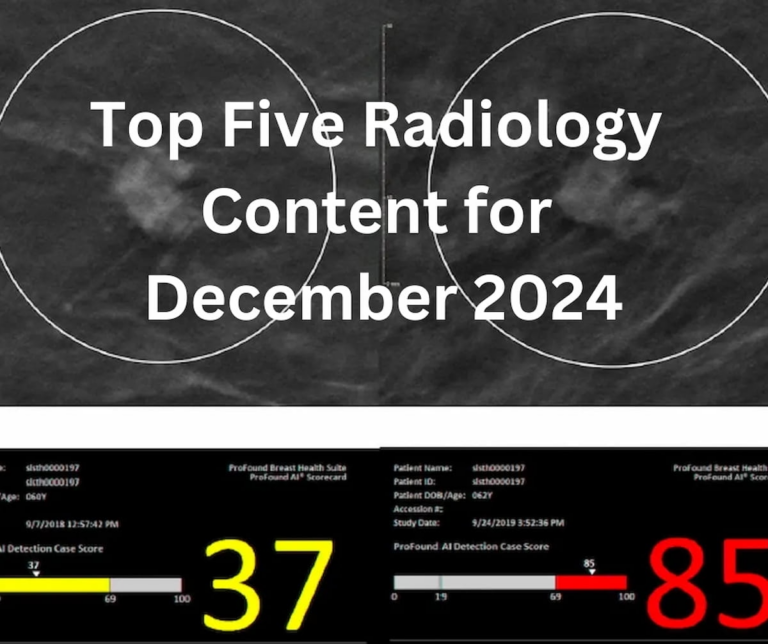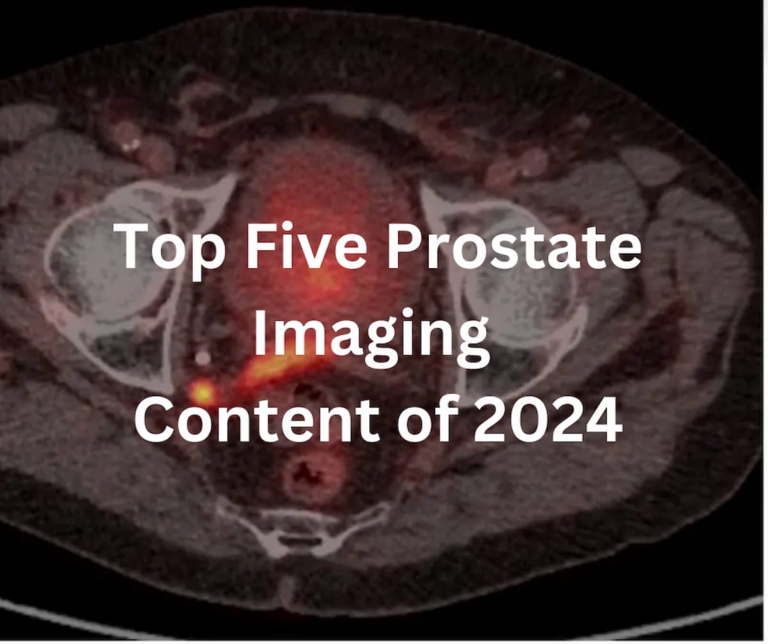
In October 2024, Diagnostic Imaging highlighted several significant advancements and studies in the field of prostate cancer imaging. The coverage spans a range of topics, from comparative research on PSMA PET/CT and PSA responses following treatment for metastatic castration-resistant prostate cancer (mCRPC), to the latest advancements in artificial intelligence for detecting prostate cancer using multiparametric MRI (mpMRI). Below are the top five most-viewed articles related to these topics.
One major area of focus was the comparative research between PSMA PET/CT scans and PSA levels in monitoring the treatment response of patients with mCRPC. PSMA PET/CT, a cutting-edge imaging technique, is gaining attention for its ability to provide more detailed images of prostate cancer spread and treatment response compared to traditional methods that only measure PSA levels. This approach could potentially offer physicians better insights into the progression of the disease and the effectiveness of therapies, leading to more informed decision-making in clinical practice.
Another exciting development in prostate cancer imaging is the utilization of artificial intelligence. AI technologies are being integrated with mpMRI scans to improve the accuracy and speed of prostate cancer detection. These advancements aim to reduce human error in interpreting complex imaging data, thus helping radiologists identify malignancies with greater precision. The application of AI in this context not only enhances the diagnostic process but also holds the promise of personalizing patient care by tailoring treatment plans based on more accurate diagnoses.
The discussions also delved into the evolving landscape of imaging techniques and how they impact prognosis and treatment selection for prostate cancer patients. With imaging technologies continuously advancing, there’s a growing need for the medical community to stay updated with these innovations, which can have significant implications for patient outcomes.
Furthermore, the content examined the role of imaging in guiding biopsy procedures and determining the aggressiveness of detected tumors. Through improved imaging approaches, such as targeted biopsies facilitated by high-resolution imaging, the hope is to minimize unnecessary procedures and focus on areas most likely to yield critical information.
Finally, the articles discussed in October 2024 emphasized the importance of ongoing research and collaboration between technological developers and healthcare providers. As new imaging techniques and AI tools are introduced into clinical practice, constant evaluation and feedback are crucial for refining these innovations and ensuring they effectively meet the needs of patients and doctors alike.
These articles from Diagnostic Imaging demonstrate the rapidly evolving nature of prostate cancer imaging, highlighting the promise of new technologies that are beginning to transform how we understand, diagnose, and treat this prevalent disease. By embracing these advancements, the healthcare industry continues to move toward more precise and personalized patient care, offering hope for better outcomes for those affected by prostate cancer.


